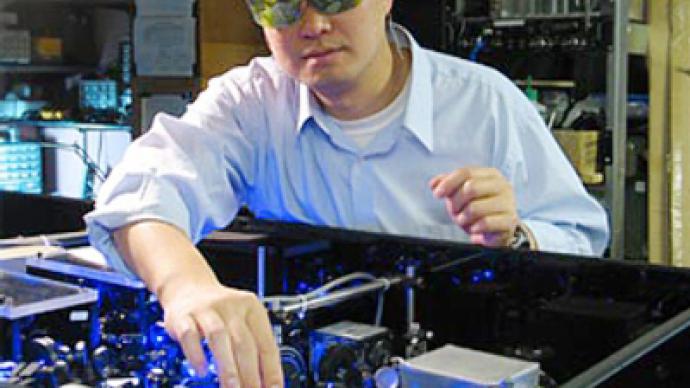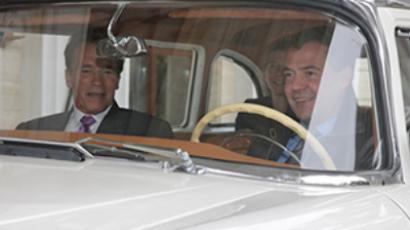World’s most accurate clock now even more accurate

Scientists can now control the collision of strontium atoms, which serve as the ‘pendulum’ for the world’s most accurate clock, boosting its precision by 50%. It now deviates by one second in 300 million years.
The clock developed by JILA, a joint institute of the National Institute of Standards and Technology and the University of Colorado at Boulder, uses about 2,000 atoms of strontium frozen to a few millionths of a degree above absolute zero and trapped in grids of laser light. The oscillation of the atoms between different energy states is very consistent and by measuring these ‘ticks’, atomic clocks keep track of time with the highest precision.
The arrangement of neutral atoms used by JILA allows for a stronger and more precise signal, but has a major drawback in terms of atom collision. The light lattice holding the atoms sorts them in groups of about 30, and the neighboring ones can sometimes collide, affecting the clock’s accuracy.
Theoretically this shouldn’t happen at all, because all the atoms are identical, and the Pauli-exclusion principle in quantum physics says identical fermions (particles like atoms, nuclei and quarks) cannot collide. In practice, the neighbouring atoms in the clock were found to become distinguishable enough to collide due to slight variations in their interaction with laser beams.
To counter the effect, the team headed by NIST/JILA Fellow Jun Ye have developed a technique that can reduce, or even eliminate it, by making the atoms even colder or increasing the trap depth. The research is described in a paper published in Science magazine.
“This is one of the most precise measurements of collisional effects in a clock,” said Ye.
In practical terms, the technique has allowed to boost the JILA clock’s accuracy by 50%. It already holds the title of most accurate atomic clock in the world, and now it is accurate to just one second in 300 million years.













